There is nothing like the taste of a plump, juicy tomato just picked from the vine—it’s a taste of summer sunshine! And the good news — it’s not too late to get started growing tomatoes from seed.
Growing tomato plants from seed has several benefits: 1) you’ll find a greater selection of seed varieties to grow, 2) you’ll be able to grow organically with Certified Organic seed, and 3) you’ll find it more cost-effective than purchasing plants. Best of all, even a beginning gardener can achieve success.
Selecting Varieties
There are more than 7,500 varieties of tomatoes. A quick thumb through any seed catalog reveals pages of tomatoes in every shape, size, and color imaginable. So how do you choose what’s best for your garden?
The most important factor is selecting a variety that is well-suited to your growing season. For short-season climates like northern Idaho, choose a variety that matures between 68 and 75 days. There are many “early” tomatoes to choose from—both heirloom and hybrid varieties.
An heirloom is a variety that has been passed down through generations—some originated as far back as the 1800s! Heirloom tomatoes are prized for their rich flavor and their unusual shapes and colors. Because the plants are open-pollinators, they produce seed with the same genetic makeup as the parent plant, making it possible to save seeds from year to year. One disadvantage—heirlooms are often more susceptible to disease than hybrids.
Hybrids are plants bred for enhanced disease resistance and higher yields, but when it comes to saving seeds, they are genetically unstable. This means seeds saved from a hybrid plant will not have the same characteristics as the parent plant.
Taking the size of your garden into consideration, you can also choose between determinate and indeterminate plant varieties. Determinate tomato plants are more compact and do most of their growing before setting fruit. They work well in containers or smaller garden spaces. In contrast, indeterminate plants can be very large—well over 6 feet tall. They continue to grow, flower, and set fruit throughout the entire growing season.
Basic Supplies
To successfully start seeds, you’ll need a quality, soilless seed-starting mix, clean growing containers (peat or plastic pots), a clear cover for the containers (lid or plastic wrap), and a sunny window.
Soil: For best results, use a commercial seed-starting mix. Soil from your garden should not be used—it’s not sterile and it’s too heavy, so it won’t drain well. An 8- to 10-quart bag of soilless seed-starting mix will provide you with enough medium for dozens of 3-inch pots.
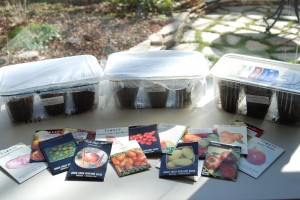
Seed packets, soiless growing mix, peat pots, and lettuce containers are all you need to get started!
Growing Containers: There is no limit to the kinds of containers you can grow your seeds in—as long as they are clean or have been sterilized (use a solution of 1 part bleach to 9 parts water). Also make sure they have good drainage. Commercial peat pots work very well, but plastic deli containers, paper cups, egg or milk cartons, even rolled newspapers will do.
Mini Greenhouse: Pots should be covered with a lid or plastic wrap for optimum germinating conditions. Commercially available seed-starting kits include trays and clear plastic lids, but the same results can be achieved by using a clear plastic produce container with a lid (like a spinach or lettuce container).
Starting Seeds
Start seeds indoors 6 to 8 weeks before last year’s average frost date. For northern Idaho, starting seeds in mid- to late-March will yield plants ready for the garden by mid-May, after the danger of frost has passed.
Fill pots ¾ full of moistened seed-starting mix and place 4 to 6 seeds in each container. Cover with a fine layer of mix and lightly mist the soil with water from a spray bottle. Cover the pots with plastic wrap or place pots in a container with a clear lid.
Tomato seeds need warm temperatures to germinate—between 70°F and 80°F—and will emerge in 7 days. Once seeds emerge, place pots near a sunny window. For optimal growth, indoor daytime temperatures should be 75°F to 85°F; evening temperatures 65°F to 70°F. While heat mats and grow lights are not required for successful germination, they are helpful if temperature and light requirements are lacking.
When seedlings are an inch tall, remove the container lid or covering. Monitor the moisture levels daily—the planting mix should remain moist. Once seedlings develop their first set of true leaves (about 3 weeks after starting), transplant them into individual pots.
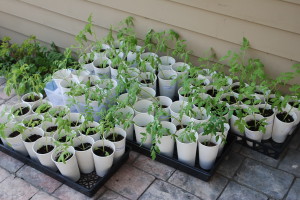
Seedlings enjoying a few hours outside in the shade. Protect young plants from wind and direct sunlight.
Hardening Off
Young tomato plants are very fragile and tender, so before they can be planted in the garden, they need to be hardened off. This transitional step allows plants to slowly adapt to the outdoor environment. If plants aren’t properly hardened off, they can quickly perish in the garden.
Begin the hardening off process 7 to 10 days before planting in the garden. Weather plays an important role—daytime temperatures should be a minimum of 55°F, with little wind and no rain. Start by placing plants in a shaded area for 15 to 20 minutes. Gradually increase the amount of time the plants are outside each day. Young plants are extremely susceptible to sunburn, so avoid direct sunlight for the first few days. As plants adapt, move them to filtered sunlight. Reducing water, along with cooler temperatures, will gradually harden the tender plant stem.
Transplanting to the Garden
Once overnight temperatures are consistently above 50°F, tomatoes can be planted in the garden. For northern Idaho, this usually occurs after May 15th. If the weather conditions turn cool, young plants can be protected with row covers—lightweight fabric that can be draped over plants or PVC hoops for protection. Covering plants with plastic jugs or other insulating materials also works.
With a little care, the tomato plants started from seed will provide a bounty of delicious homegrown goodness that can be enjoyed later in the summer!
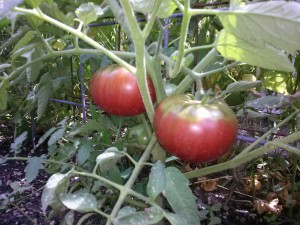
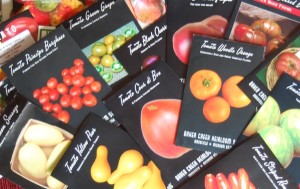
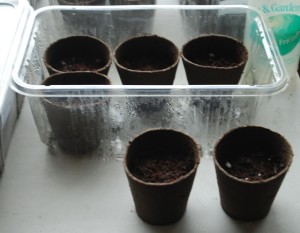
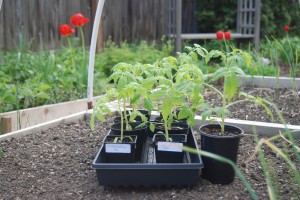
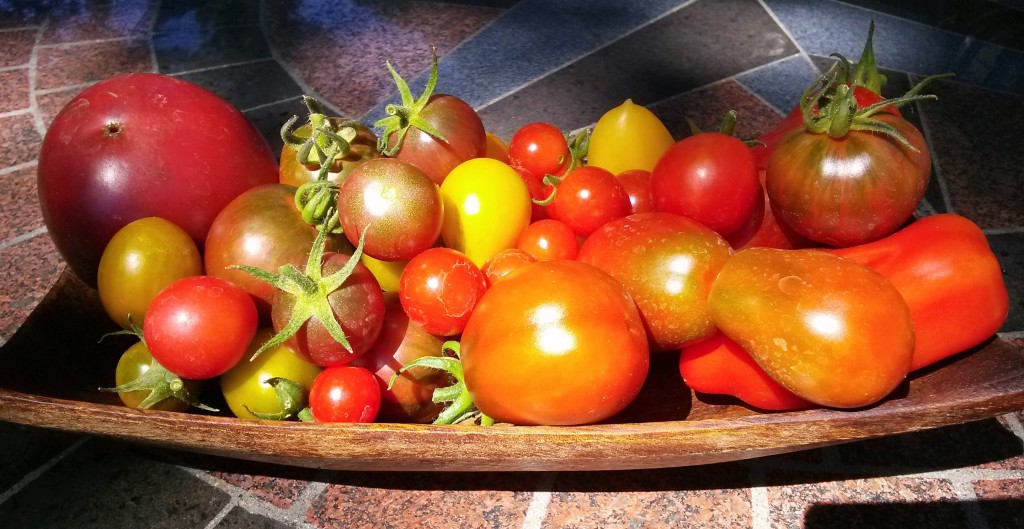


Dumb question but can tomatoes be grown in northern Idaho? What USDA zone is it? Is the growing season long enough? Thanks!
Hi Tisha, This is not a dumb question at all! Northern Idaho is listed as USDA zone 6b, but it depends on your location — it’s best to treat our region as zone 5. We average 120 frost-free growing days from mid-May through mid-September, and yes, we can grow tomatoes here (please see my SHOP page for the many varieties that grow well in our region). I recommend early-season types that mature within 60 to 75 days, but it is possible to grow varieties that mature within 85 days. Given the 120-day season, you’ll want to grow vegetables that mature within 90 days to ensure a harvest. I hope this helps. — Candace